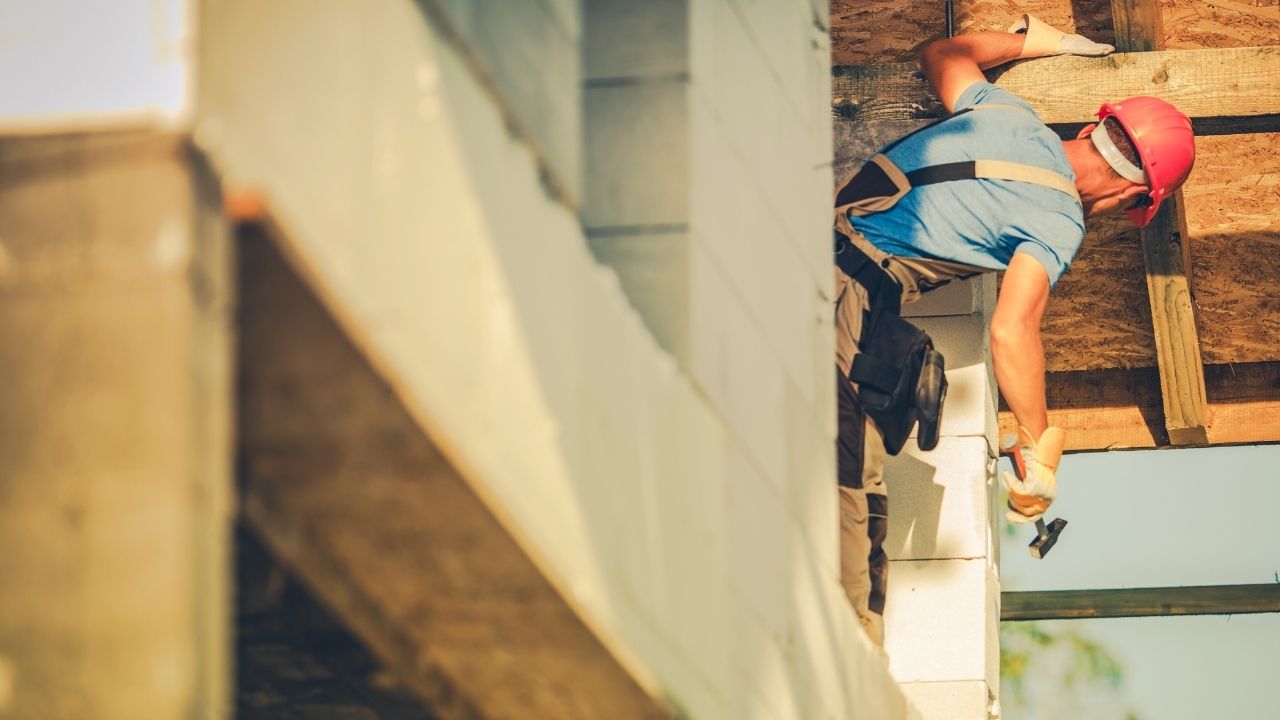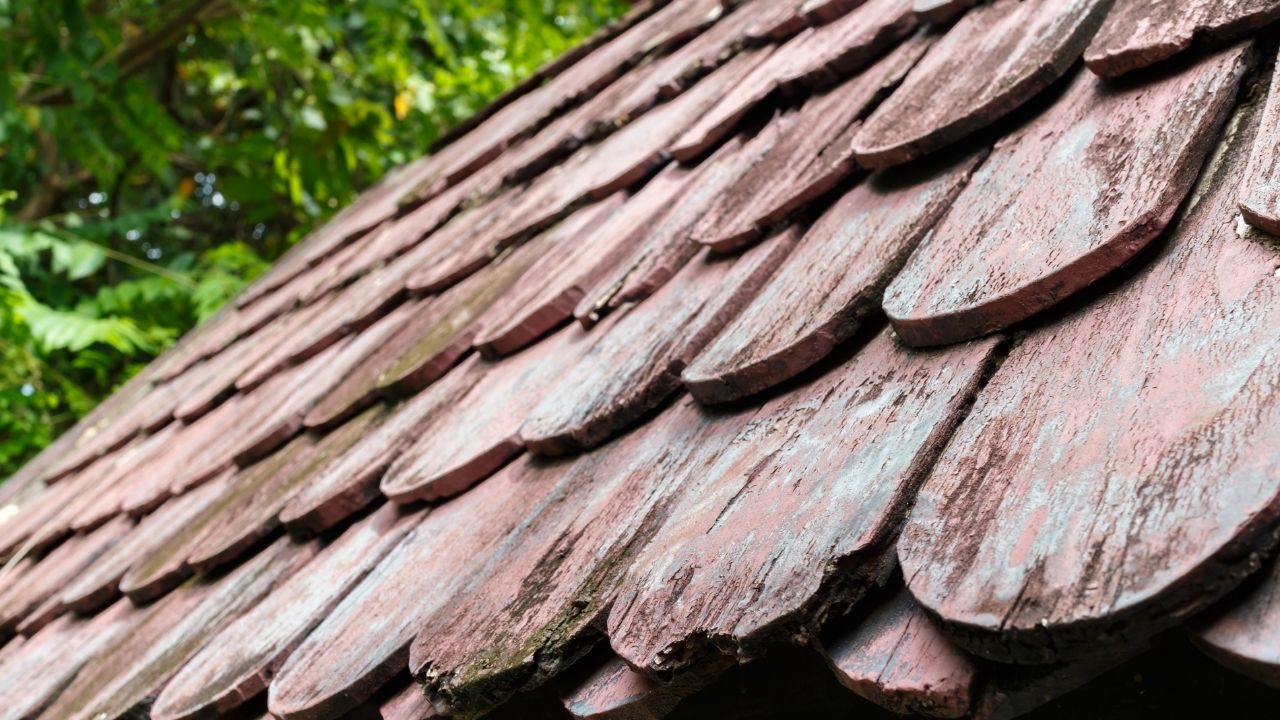
The first step in replacing a roof is to decide how much of the existing roof needs to be replaced. In some cases, the roof will need to be replaced more than three quarters. While repairs are cheaper per square foot than complete replacements, the process of integrating new roof shingles into an existing roof will take longer and won't look nearly as good as a total replacement. Here are some factors that can affect the price of a new roof.
You'll need to keep your pets inside when you replace the roof of your home. To ensure their safety, you can board them. You can save time and money if you only need to replace a single layer of roofing shingles. A new roof can cost you anywhere from $5,000 to $14,000 depending on the type of roofing material used and where you live. Regardless of the method you choose, you should make sure that you follow local building codes and ensure that there's adequate ventilation on the roof.

Hire a contractor if you're a homeowner. The new roof installation will likely take several days and can be noisy. You should choose a time and date when the noise isn't as intrusive to you as it might be for your neighbors. It may be necessary to temporarily relocate family members who are sensitive. No matter the season, a new roofing system will keep your home warm and dry for years to come.
You should verify that the contractor you hire has insurance and permits before you make a decision on the type or roofing material to be used. If you are looking for the best price, a contractor with insurance and permits will be the best choice. Choosing a roof that won't cost more than $1,000 is a smart move. In as little as two months, you can have a brand new roof installed. You'll still need to deal with dust and debris after the job is finished.
When it comes to roofing, the most important thing to consider is the type of material. Although asphalt shingles are preferred over synthetic ones, this is not the best choice for every situation. You will be able to enjoy your new roof for many decades. Make sure the colors match your home. If it is not matching, you will need to have it replaced. The most common roofing materials are asphalt and woodshingles.

Roof replacement is a significant investment. A professional roofer will inspect your house to make sure it is protected from any damage. A professional roofing contractor will inspect your home for any leaks or other issues. It is essential to remove any gutters or shingles that are attached to your roof. If the storm causes severe structural damage, it may be more costly to repair than to replace the roof entirely. In many cases, a replacement will be necessary to correct the problem.
FAQ
How do I select a competent contractor?
Ask your family and friends for recommendations when choosing a contractor. Look online reviews as well. Make sure that the contractor you choose has experience in the area of construction that you are interested in. Refer to previous clients and verify their references.
How do I start a renovation of a house?
The first step in fixing up a home is to get rid of any clutter. Next, remove moldy spots, replace damaged walls, fix leaky pipes, and paint the whole interior. Finally, you need to clean off the exterior surfaces and apply fresh paint.
How much does it set you back to renovate your house?
Renovations can cost from $5,000 to $50,000. Renovations are typically a major expense for homeowners, with most spending between $10,000 and $20,000
What should I do if I want to hire an architect/builder?
You might find it easier to hire someone to do your home renovations. An architect or builder is a good option if you plan to buy a new house.
Do I require permits to renovate a house?
Yes. You will need permits to start any home renovation project. You will require a building permit as well as a plumbing permit in most cases. A zoning license may also be needed depending on the type or construction you are doing.
Can you live in a house during renovation?
Yes, you can live in your house while you renovate it.
You can live in a house that is being renovated while you are renovating it. The length of construction takes will determine the answer. If the renovation process takes less than 2 months, then your home can be lived in while it's being renovated. You cannot live in your house while the renovation process is ongoing if it lasts more than two years.
Because of the possibility of falling objects, you shouldn't live in your home while a major construction project is underway. There is also the possibility of dust and noise pollution from the heavy machinery at the job site.
This is especially true if your house has multiple stories. This is because the vibrations and sound created by construction workers could cause serious damage to your property.
As I mentioned before, while your home is being remodeled, you'll have to manage the inconveniences of living in temporary shelters. This means that you won't have access to all the amenities that come with your own home.
While your dryer and washing machine are being repaired, you won't be able use them. It will be difficult to bear the smell of paint fumes as well the sounds that workers make.
These factors can cause stress and anxiety in you and your family. It is therefore important to plan ahead so that you don't end up feeling overwhelmed by the situation.
To avoid costly mistakes, do your homework before you make any decisions about renovating your home.
It is also advisable to seek professional assistance from a reputable contractor so that you can ensure that everything goes smoothly.
Statistics
- The average fixed rate for a home-equity loan was recently 5.27%, and the average variable rate for a HELOC was 5.49%, according to Bankrate.com. (kiplinger.com)
- A final payment of, say, 5% to 10% will be due when the space is livable and usable (your contract probably will say "substantial completion"). (kiplinger.com)
- Design-builders may ask for a down payment of up to 25% or 33% of the job cost, says the NARI. (kiplinger.com)
- It is advisable, however, to have a contingency of 10–20 per cent to allow for the unexpected expenses that can arise when renovating older homes. (realhomes.com)
- They'll usually lend up to 90% of your home's "as-completed" value, but no more than $424,100 in most locales or $636,150 in high-cost areas. (kiplinger.com)
External Links
How To
Do you renovate interior or exterior first?
Which one should you do first?
There are many factors to consider when deciding which project to start with. Most people consider whether the building is new or old. The condition of the roof, windows and doors, flooring, wiring, and other aspects are all important. You should also consider the design, location, size, number and style of the building.
If the building has an older roof, it is worth looking at the roof first. You should start the renovation if you feel the roof is at risk of falling apart. The roof should be in good shape before you move on to the next stage. Next, look at the windows. Next, inspect the windows and make sure they are clean. After that, you can go through all the doors to make sure they are clear of any debris. You can now begin to install the flooring if everything looks fine. You want to make sure the flooring is sturdy and solid so it doesn't break no matter how much you walk on it. Now you can start to add the walls. You can now examine the walls to check for cracks or damage. If the wall is fine, then you should proceed to the next step. Finally, once the walls are inspected, you can work on the ceiling. The ceiling should be inspected to make sure it can support any weight that you might place on it. If everything checks out, then you can move forward with your renovation.
You would want to begin with the exterior if the building was recently built. Take a look at the outside of your house. Is it in good condition? Are there cracks around? Does it look great? If the exterior doesn't look great, then you should definitely fix it. You don’t want to make your home look bad. Next, make sure to check the foundation. Repairing the foundation is a good idea if it appears weak. Also, check the driveway. It should be flat and smooth. If it's not, it should be fixed. You should also inspect the sidewalk while you're checking your driveway. If it's uneven, then you should probably replace it.
After you have checked these areas, you can move on to the interior of your house. Look at the kitchen first. Is it clean and well-maintained? If it is dirty or messy, you need to clean it up. Next, you should inspect the appliances. They should be in good shape and working properly. If they aren't, then you should either buy new ones or fix them. You can then inspect the cabinets. If they are stained or scratched, then you should probably paint them. You can then move on to the bathroom if they are in good condition. Check the toilet in here. If it leaks, then you should probably get a new one. It's best to wash it if it's only dirty. Next, examine all the fixtures. Make sure they are clean. If they are dirty, then you should definitely clean them. You should also inspect the countertops. If the countertops are cracked or chipped, you might want to repaint them. Sealant should be used if the surfaces are smooth and shiny.
Last, check the furniture. Verify that the furniture is not damaged or missing. If you find something missing, it's best to fix it. You should fix anything broken. Once everything is checked, then you can move back outside and finish the job.